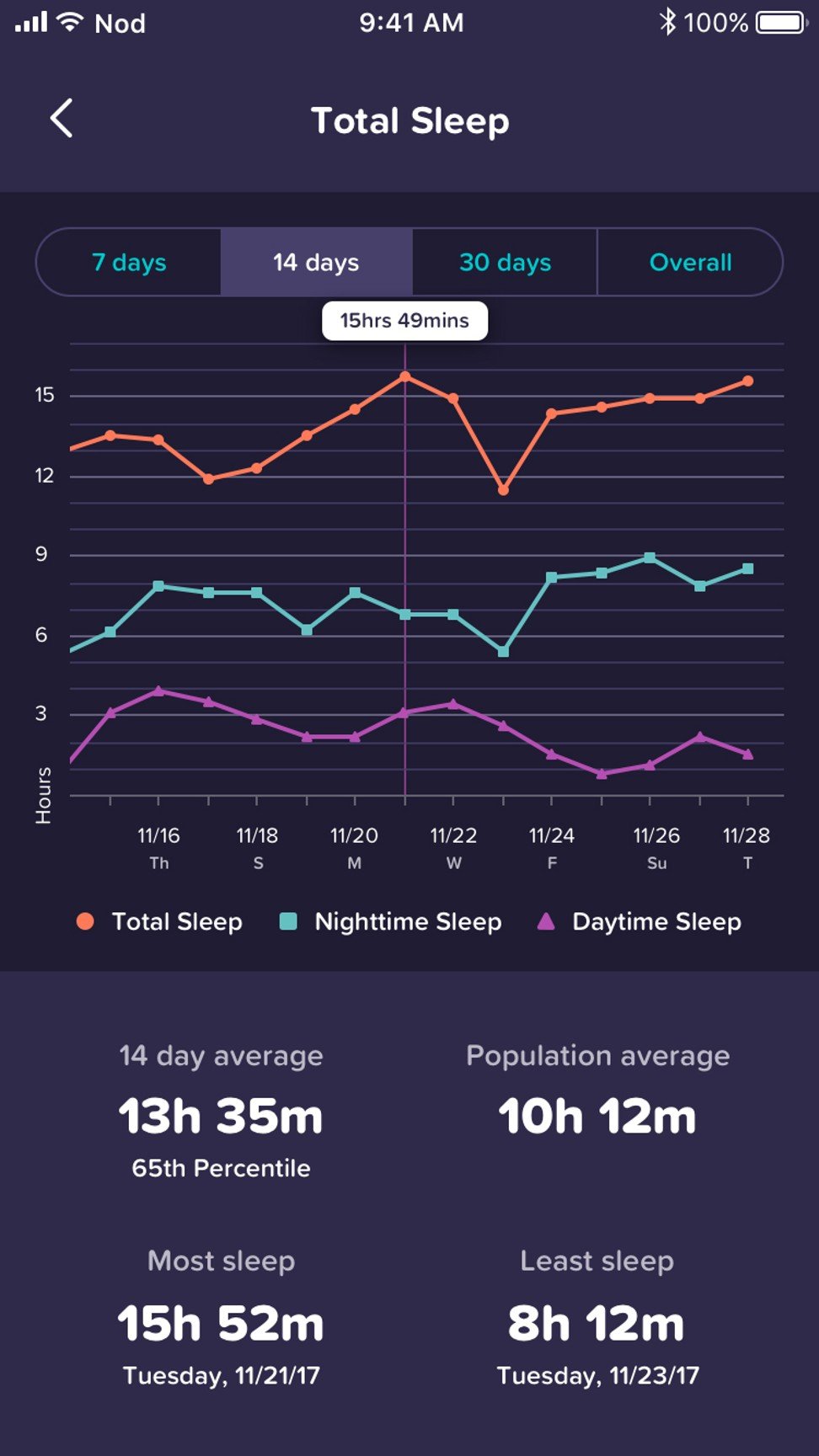
Bedtime battles: how I turned to AI so my baby could get a good night’s sleep
- Infant rearing in the 21st century needs a combination of hi-tech tools and good old maternal instinct
Parenting is hard. In my case, that sentiment rings especially true when I try putting my four-month-old infant son to sleep at night.
He literally wakes up every 30 minutes during bedtime, which means the three adults at home – my mother, my husband and I – take turns to cradle this 9kg boy, hum lullabies or help walk him around so he can fall asleep.
We have tried different tricks, including using various types of pacifiers, bathing him before bedtime, playing him various kinds of relaxing music and even letting him cry to sleep.
But whenever we tried to put him back to bed as he appeared to doze off, he would then wail and make all sorts of noises to get us back to attention.
Tired and sleepless, I decided to turn to technology for help like any new mum in the 21st century would do.

My research online led me to discover the existence of baby sleep coaching apps, such as Nod, Huckleberry and Hatch Baby. All of these are designed to monitor a baby’s sleep pattern and employ artificial intelligence (AI) algorithms to offer users individualised, real-time recommendations.
Having written about recent advances in AI, my hopes were high about finding a suitable hi-tech solution to help resolve my baby’s bedtime issues.
I remember the Chinese master of the abstract strategy board game, Go, saying in 2016 that no computer could ever outplay him. A year later, Go master Ke Jie was in tears after AlphaGo, the computer program developed by Alphabet’s DeepMind Technologies, beat him in three straight matches.
Nod, the app I chose to use, uses machine learning technology to track and analyse a baby’s sleeping and feeding activity. Machine learning, a branch of AI, provides systems the ability to use data and algorithms to improve performance on a specific task.
After downloading the app on my smartphone, I proudly declared: “I found a cure! We are saved!”
My mother, who is in her 60s, was not impressed. “How can an app be helpful?” she asked. “Every baby is different!”
Her reaction did not dampen my confidence because I did my homework. The Nod app was not only one of the finalists in the “Best of Baby Tech Awards” at this year’s CES trade show in Las Vegas, its premium edition, which I subscribed to for 35 yuan (US$5) a month, includes priority support, advanced insights and graphs, and daily recommendations validated by paediatric sleep experts.
To start, I entered some basic information in the app, such as my baby’s name, birthday and gender. Each day for the past two weeks, I routinely logged in the duration of my son’s sleep and the difficulty of putting him to bed on a sliding scale of 11 grades – from happy baby face to crying baby face. The app also allowed me to write in more details, such as that instance when my son bit me first before falling asleep.
For several days, there was no feedback from Nod based on the data I provided. All I received was an automated notice: “We will send you the next recommendation when we are ready.”
That prompted me to feed more data to the app in the hopes the system would get a clearer picture of my son’s sleeping problem. So I also entered my son’s feeding time.
The Nod app asks detailed information. Was I bottle feeding or breastfeeding? Was it the left breast or right breast? How long? You need to record timing down to the second.
It also asks the exact amount of milk consumed in ounces, which is a unit of measurement that is not used on the mainland. So I have to convert my data from millilitres to ounces every time when entering that data. Babies at my son’s age need to be fed six or more times each day, so that means plenty of data to record.
So the truth finally dawned on me. This app, which is supposed to help alleviate the stress I have from rearing a child, has made things more stressful. The task of recording accurate data from my child’s sleeping and feeding activities to the Nod app has been tedious not only for me, but also to my mother who takes cares of my son during the day when I am at work. We have become more sleep-deprived than before because of all the data that needs to be logged in the app.
Still, I was not ready to give up on AI until I received the first recommendation from Nod a few days ago. It said I needed to reduce night time feeding of my son, which appeared more like a suggestion than a real solution. So weeks after I started using the Nod app, I feel like I am back to square one.
Things are not all that bad though. Since we have been keeping close tabs on my son’s sleep time and writing down plenty of notes, we found that he falls asleep faster at night after being more active during the day, such as kicking toys around, and spending some quality nap time.
The Nod app, which illustrates in several charts my son’s sleep patterns, estimated that he had an average of 13 hours and 20 minutes of sleep in seven days. That improved from the average of 13 hours and 3 minutes during the first week using the app. Those numbers, however, still fell short of the population average of 13 hours and 40 minutes.
So I bragged to my mother about the data and the progress we had made using Nod. She sneered, saying that was not achieved by technology but by maternal instinct.
Although I will not admit my mother is right, I will probably cancel my premium Nod subscription and go with the app’s free version. I can still use it as a fancy digital diary for my baby’s data.

